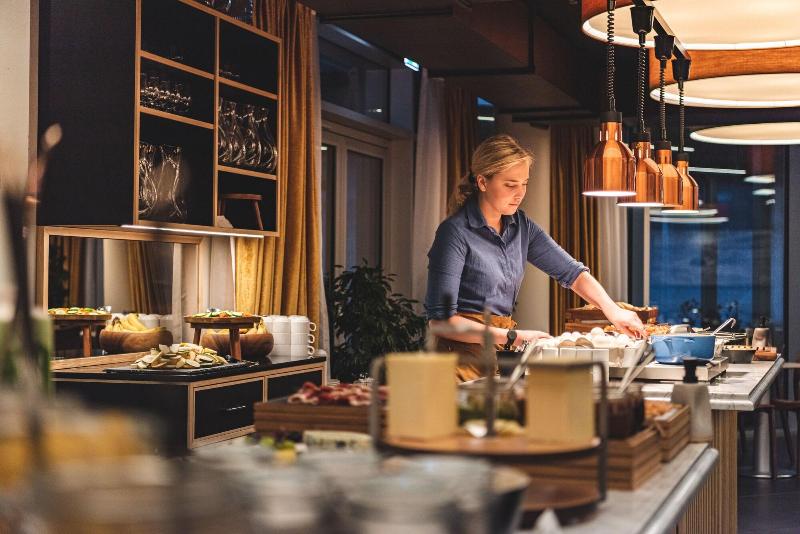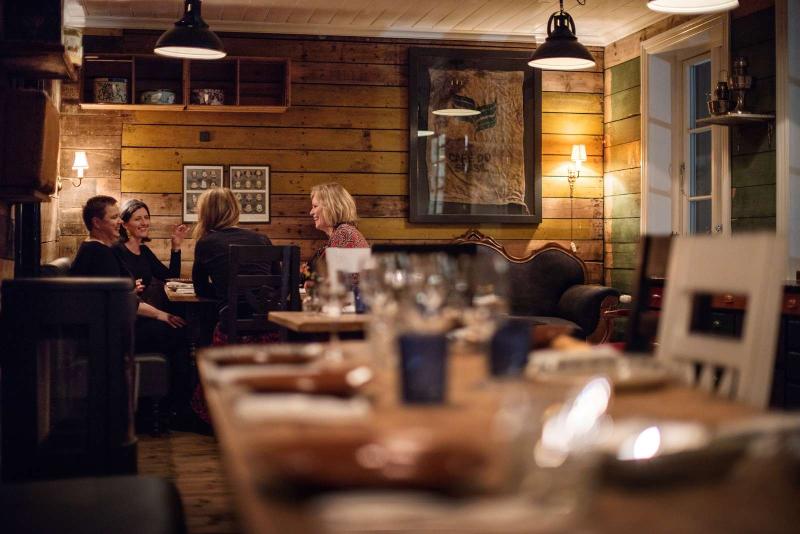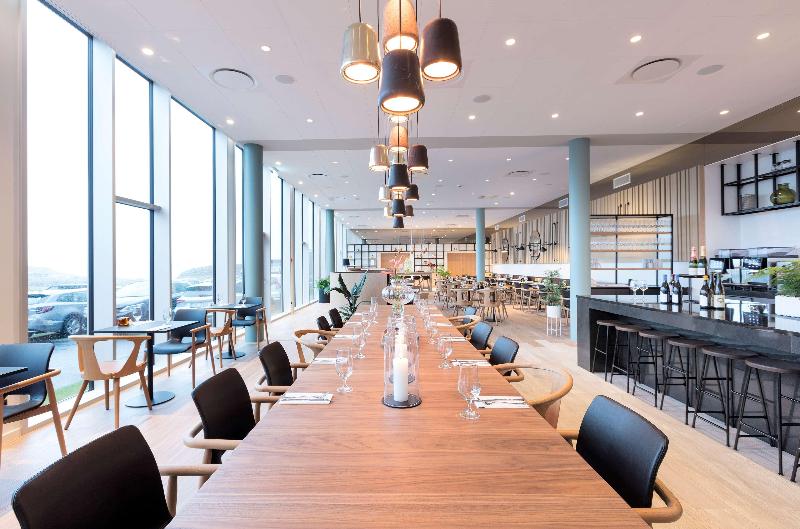




- Home
- Faroe Islands
Faroe Islands
Exploring the Wild Beauty of the Faroe Islands: Unmissable
The Faroe Islands offer travelers a unique experience with dramatic landscapes, charming villages, and abundant birdlife. Located between Iceland and Norway, the archipelago is an ideal destination for nature lovers and adventurers seeking an off-the-beaten-path experience. With a rich cultural heritage and thriving culinary scene, the Faroe Islands are a must-visit for any traveler looking to explore the North Atlantic.
⛅🌤️☀️
🌬️
💧
🌅
🌇
☀️
🌤️
⛅
Latest Faroe Islands Activities
Discover exciting activities and unforgettable experiences in Faroe Islands. View all
Latest Faroe Islands Properties
Explore a wide range of properties in Faroe Islands. View all
FAQsFrequently
Frequently
asked
questions
about Faroe Islands
Faroe Islands offer a unique blend of natural beauty and cultural experiences. Here are the best things to do in Faroe Islands:
1. Visit the Mulafossur Waterfall in Vagar Island
2. Take a boat tour of the Vestmanna Bird Cliffs
3. Hike to the top of Slttaratindur, the highest peak in the Faroe Islands
4. Visit the charming village of Gjgv
5. Explore the picturesque town of Trshavn
These activities are just a few examples of the many things to do in Faroe Islands.
Faroe Islands offer a variety of accommodations, from cozy guesthouses to luxury hotels. Some of the best places to stay in Faroe Islands include:
1. Hotel Froyar
2. Hotel Trshavn
3. Gjargarur Guesthouse
4. Vgar Camping
These accommodations are known for their excellent service, comfortable rooms, and convenient locations near popular attractions.
The best time to visit Faroe Islands is during the summer months, from June to August. During this time, the weather is mild and there are long hours of daylight, allowing for plenty of time to explore the islands. However, keep in mind that this is also the peak tourist season, so expect larger crowds and higher prices.
The weather in Faroe Islands is unpredictable and can change quickly. The islands are known for their frequent rain and fog, even during the summer months. It is important to pack warm and waterproof clothing, as well as sturdy shoes for hiking and exploring the rugged terrain.
Faroe Islands have a unique culinary culture, with an emphasis on fresh seafood and locally sourced ingredients. Some traditional foods to try in Faroe Islands include:
1. Grindadrp (pilot whale meat)
2. Rst kjt (dried and fermented lamb)
3. Skerpikjt (dried and cured mutton)
These dishes are not for everyone, but they offer a glimpse into the traditional food culture of the islands.
Faroe Islands offer a variety of hiking trails for all skill levels. Some of the best hiking trails in Faroe Islands include:
1. Slttaratindur
2. Srvgsvatn
3. Fjallavatn
4. Middagsfjall
These trails offer stunning views of the islands' rugged terrain and natural beauty.
Faroe Islands have a rich cultural history, with a unique blend of Nordic and Celtic influences. Some of the top cultural attractions in Faroe Islands include:
1. Kirkjubur
2. The National Museum of Faroe Islands
3. The Nordic House
These attractions offer a glimpse into the islands' fascinating history and cultural heritage.
The best way to get around Faroe Islands is by car or public transportation. There are several car rental companies on the islands, offering a variety of options for exploring at your own pace. Public transportation is also available, with regular bus and ferry services connecting the islands.
Faroe Islands are not known for their beaches, as the rugged terrain and cold waters make swimming and sunbathing difficult. However, there are a few beaches worth visiting, including:
1. Sandavgur Beach
2. Tjrnuvk Beach
These beaches offer stunning views of the surrounding landscape and are popular spots for hiking and picnicking.
The currency used in Faroe Islands is the Danish krone (DKK). Most businesses on the islands accept major credit cards, but it is always a good idea to have some cash on hand for smaller purchases or in case of emergencies.












